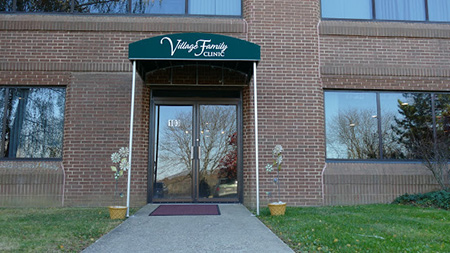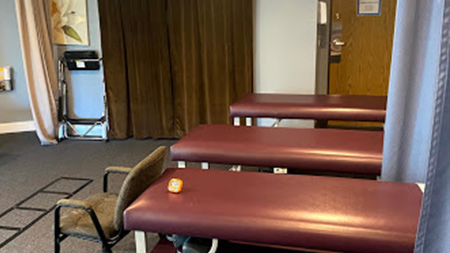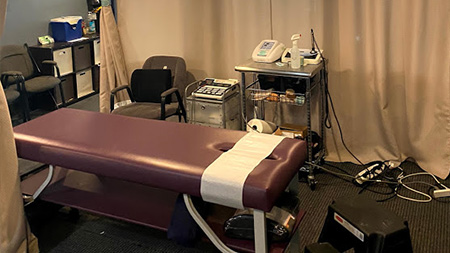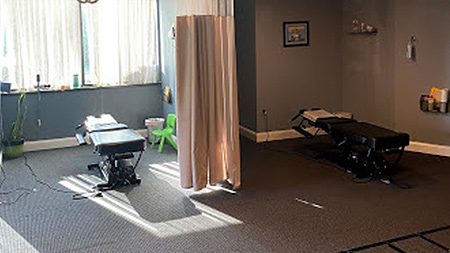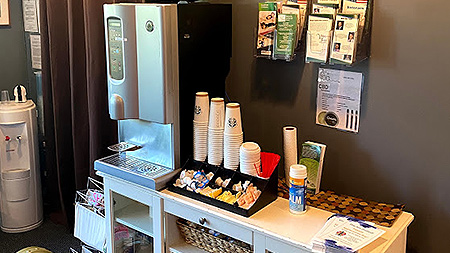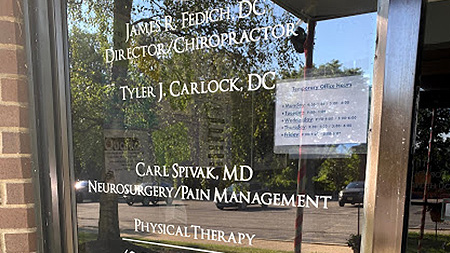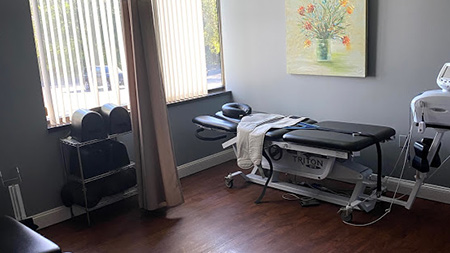Bulging, Herniated, and Degenerative Disc
Your spine is composed of 24 bones called vertebrae. In between each of this vertebrae are fibrous disc with a jelly-like center which provides shock absorption and flexibility to the spine. The vertebrae’s primary responsibility is to protect the spinal cord and allow openings for nerve to exit from the spinal cord to the body which I like to call “nerve channels”. Some of these nerves in the lower back unite as they travel through the pelvis to form the sciatic nerve while some travel to other parts of the lower extremity. A similar thing occurs with the nerves in the neck as they travel into the upper extremities. Accidents and injuries as well as chronic poor posture may damage these disc resulting in pressure on the nerves as they attempt to leave the spine through the nerve channels. This results in a number of symptoms including, numbness, tingling, muscle weakness or spasm, or even sharp shooting pain.
Many bulging and herniated disc happen due to poor lifting mechanics. When lifting something from the floor (no matter how heavy it is) it is important to bend at the knees while keeping your back as straight as possible, and lift using the strength of the leg muscle not the back muscles. Your legs are designed to bear the weight of what you are lifting, your back is not! Putting strain on your low back while bent forward is a surefire way to compromise the delicate disc and alignment of the spine.
Another major cause of disc related pain sitting for extended periods of time and becoming so common in today’s world that they are calling “sitting the new smoking”. Sitting for extended periods of time cause weakness in the muscles of the core that are responsible to help maintain an upright posture and protect the natural curve that your lower back should have. As these muscles become week, lower back begins to lose its curve an increases the pressure within the disc, weakening the walls of the disc and often resulting in bulging or herniated disc.
When explaining a herniated disc, I like to use a jelly donut analogy. Picture in your mind a jelly donut with strawberry filling. Have you ever accidentally squashed a jelly donut? What happens? The pressure causes the jelly to ooze out. When a disc herniates or ruptures the same thing happens, and just like a jelly donut the disc cannot be repaired.
Degenerative Disc Disease is another condition that can result in pain in the lower back and legs. This is not actually a disease but a state of dehydration and deterioration of the disc that is the result repetitive stress, poor diet and lack of exercise often combined with obesity, and aging. As this process progresses, the disc become much more susceptible to failure from physical stress and an act as simple as bending over to pick up a pencil may cause the outer fibers of the disc to tear resulting in arthritis, stenosis, and bulging/herniated disc.
In our office we use gentle chiropractic adjustment, Non-surgical Spinal Decompression, and One on One physical therapy, and acupuncture to help reduce the disc material and stop the muscle spasms to relieve the pressure that is being put on the nerves ultimately causing your problems.





